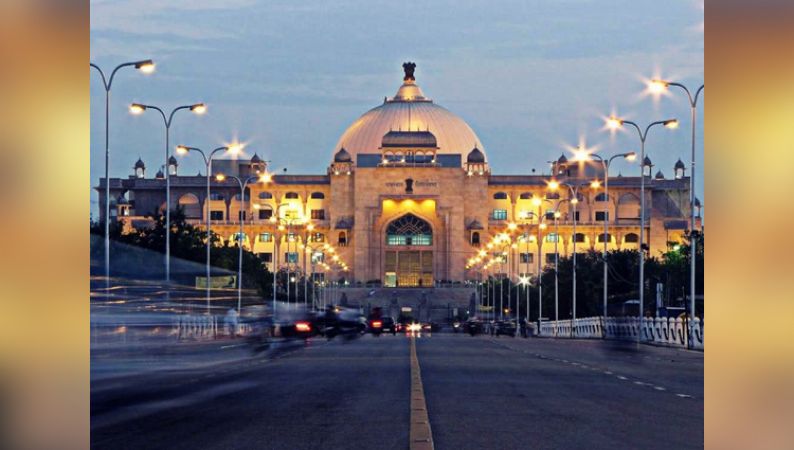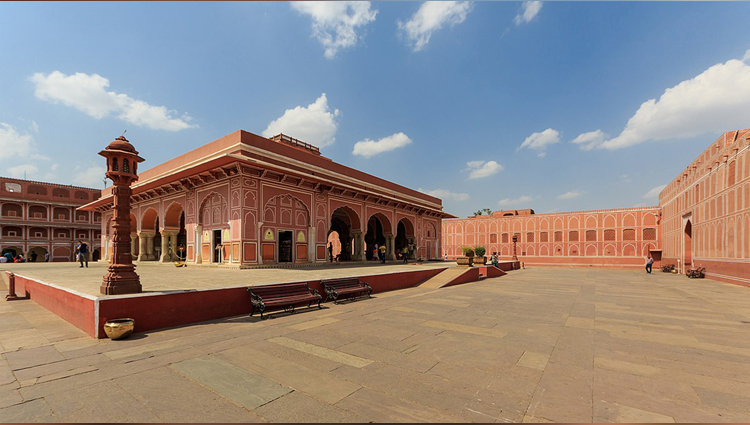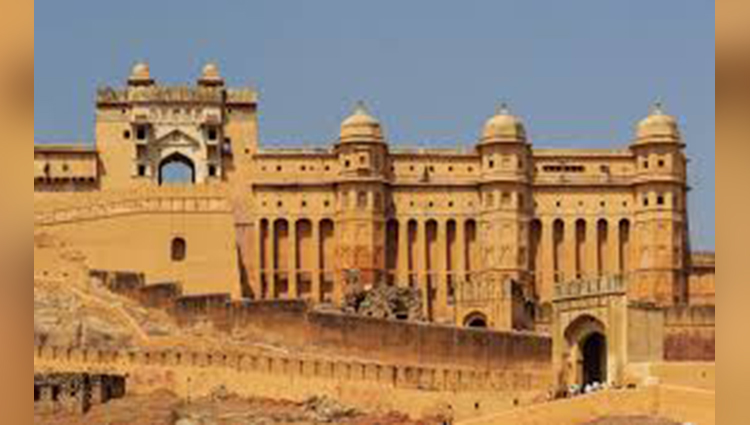
Jaipur is a well known and popular tourist destination around the globe. Many tourists visit this exciting place every year. Let’s Dig deep into the history, and know more about the golden past of this royal city.
Jaigrah Fort
Located next to the Amber Fort, this well-preserved military fort was built in the 18th century and housed the royal treasury. Its highlight is the Jai Vana, one of the world's largest cannon on wheels. Made around 1720, it has an impressive firing range of around 30km. The fort also houses an armory and museum, which display weapons, old photographs and maps, and royal objects. Since the fort is located on a hillock called Cheel ka Teela (Hill of Eagles), it is an ideal vantage point to take in stunning sights of the Amber Fort and the Maota Lake. Climb up the Diwa Burg watchtower for a bird’s eye view of the sprawling plains around.
City Place

Located in the old part of the city, the City Palace encloses several palaces, courtyards, and gardens. These have been built over the last two centuries, and are a blend of the Rajput and Mughal architectural styles. The royal family continues to live in a part of the palace, and this impressive complex still exudes a regal aura.
Your first major stop inside will be the Maharaja Sawai Man Singh II Museum, which has a good collection of royal costumes, weapons, miniature paintings, manuscripts, and sculptures. Other highlights include the Diwan-i-Am or the Hall of Public Audience, where durbars (royal courts) were held, and which still has painted walls and ceiling, marble pillars and glass chandeliers. Another hall, the Diwan-i-Khas, was used during ceremonies and exhibits the largest silver water containers in the world.
Amber Fort

This hilltop fort complex lies on the dusty Aravalli hill range, 11 km outside Jaipur. It was the capital of the Rajputs for 700 years and the original residence of the royal family before Jaipur was constructed. Built in a combination of Hindu and Islamic architectural elements, it encloses pretty palaces, imposing gates and several official buildings. These are decorated with wall murals, carvings, and mirror and glass work. Take a moment to admire the magnificent inlay work in the Sheesh Mahal or Hall of Mirrors. The fort truly comes alive in the evenings with a light and sound show, which narrates its history in Hindi and English.
Read More
All the Globetrotters Learn From This retired couple: 52 countries in 8 months
PARADISE FOR NATURE LOVERS: SOME MUST VISIT ECO-FRIENDLY RESORTS IN INDIA
Have luscious food with breathtaking view with these amazing food joints in Royal Udaipur